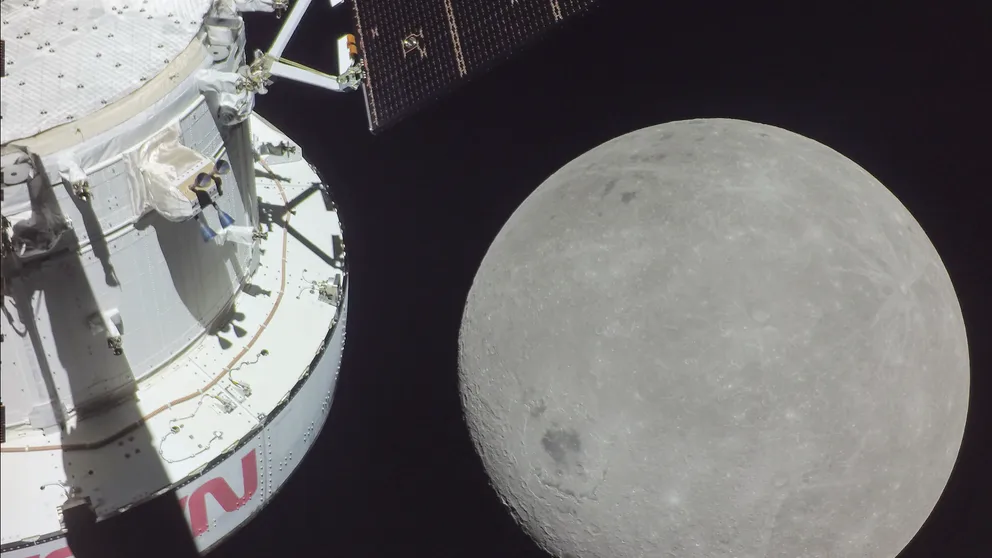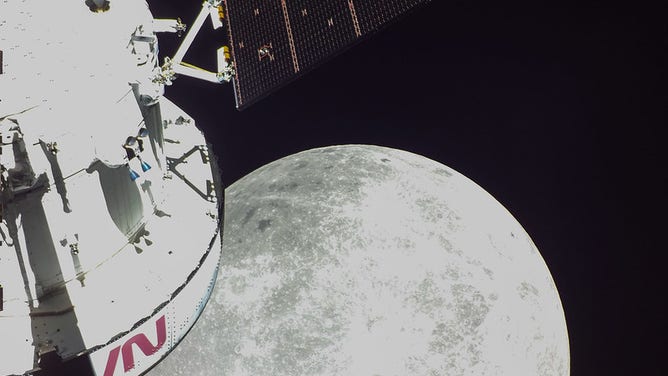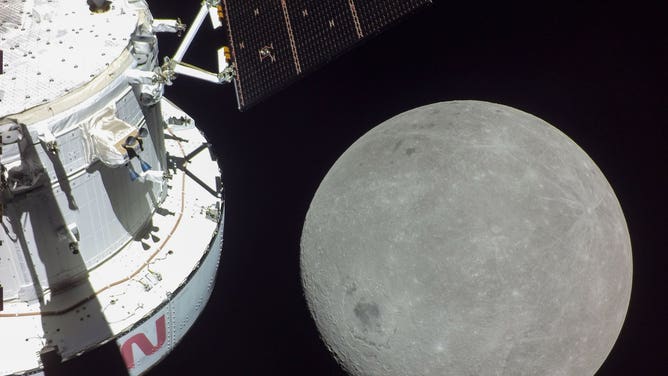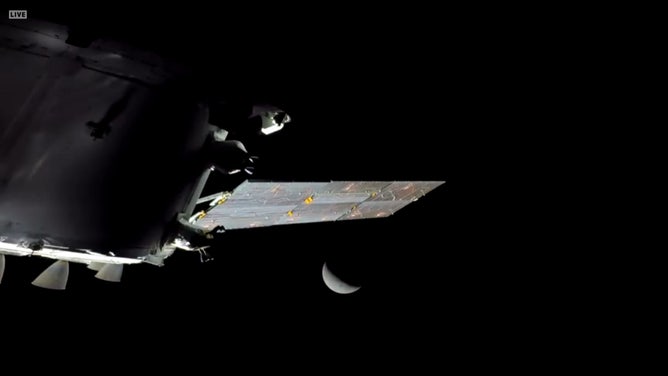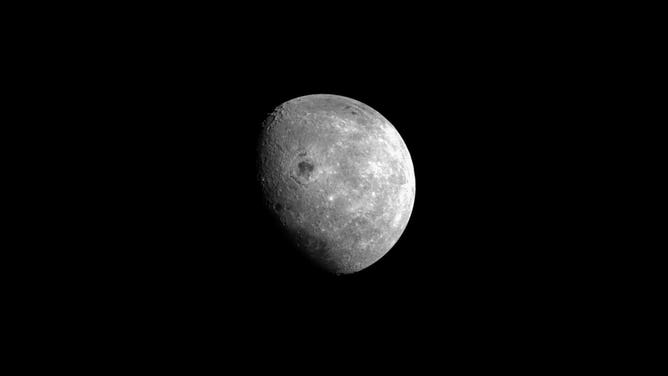Lunar livestream: Watch NASA’s Orion spacecraft orbit the moon from the Artemis 1 mission
The ability to share the visuals coming back down from Orion as live video surprised mission managers. Now, the space agency plans to stream views from the Artemis 1 test flight throughout the mission.
NASA's Orion spacecraft made its first close pass of the moon Monday, and after years of waiting, the views from the Artemis 1 test flight are not letting space fans down.
After launching from NASA's Kennedy Space Center on Nov. 19, the uncrewed Orion spacecraft and its manikin passengers traveled about 240,000 miles, making the first flyby of the moon on Nov. 22.
As Orion began its closest approach to the moon on Monday, NASA shared live views of the moon and Earth as seen from the spacecraft. Orion came within 81 miles of the lunar surface during its first flyby, crossing behind the moon where it lost communication with the Deep Space Network for about 30 minutes as planned.
The images were provided by cameras on Orion's solar arrays, or the spacecraft's "selfie sticks," designed by Deep Space Systems, a Redwire company in Colorado. The company worked with Orion's manufacturer, Lockheed Martin, to add cameras to the spacecraft, providing high-definition, 4K video.
The ability to share the visuals coming back down from Orion as live video surprised mission managers.
Artemis 1 mission: Orion spacecraft captures breathtaking images of the Earth and moon
As Orion began its closest approach to the moon yet, NASA shared live views of the moon and Earth as seen from the Artemis I spacecraft.
"We didn't expect to get live stream video like we got today," Flight Director Judd Frieling said after the successful flyby burn. "The reason was our preflight predictions said we would not have enough bandwidth to downlink all of the files that we plan to do for critical telemetry as well as do live stream as part of the testing of the system."
Frieling said the team now plans to prioritize livestreaming when the bandwidth is available.
NASA is now regularly streaming views from Orion on a Ustream channel.
The video shows the blackness of space and the moon with Orion's solar arrays visible. Depending on where Orion is in its orbit of the moon, the cameras will also feature views of Earth.
Unlike the International Space Station, which is about 200 miles from Earth, data from the Orion spacecraft coming through the Deep Space Network takes more time.
Initially, it took about 90 minutes to get 1 gigabyte of data back to Earth, but Frieling said the team has already reduced that to 45 minutes.
NASA's Johnson Space Center is also sharing images and videos from Orion as they are processed and reviewed on a Flickr album.
On Dec. 5, Orion will fly by the Apollo landing sites. NASA hopes to share images of those historic lunar landing locations with the public as soon as they are available.
